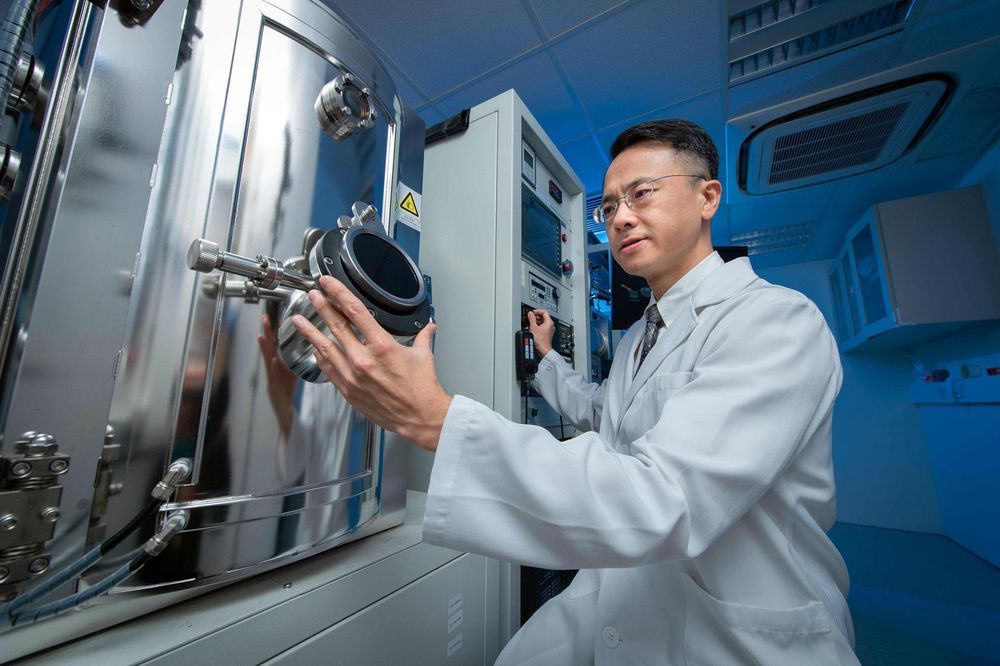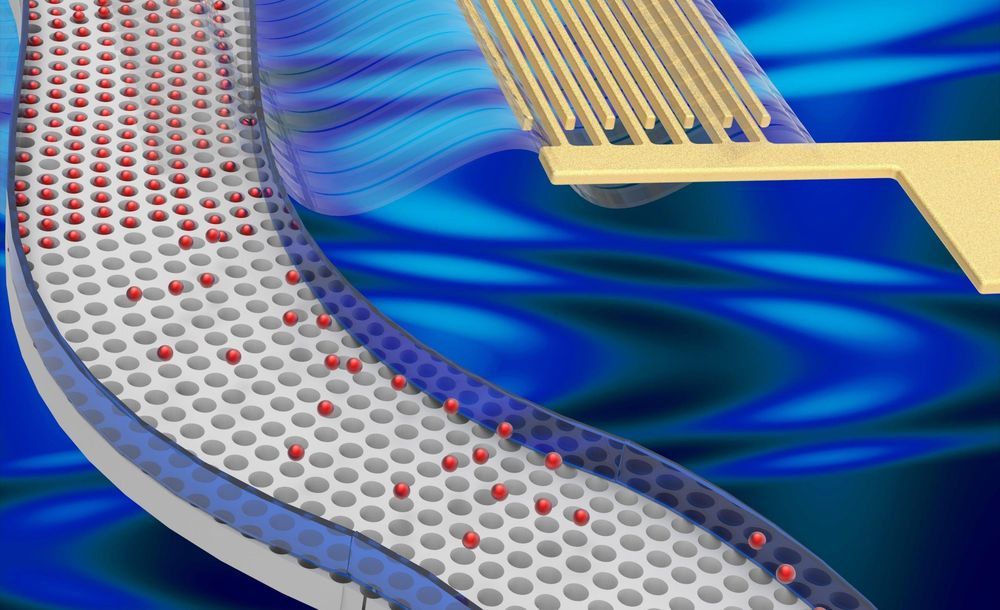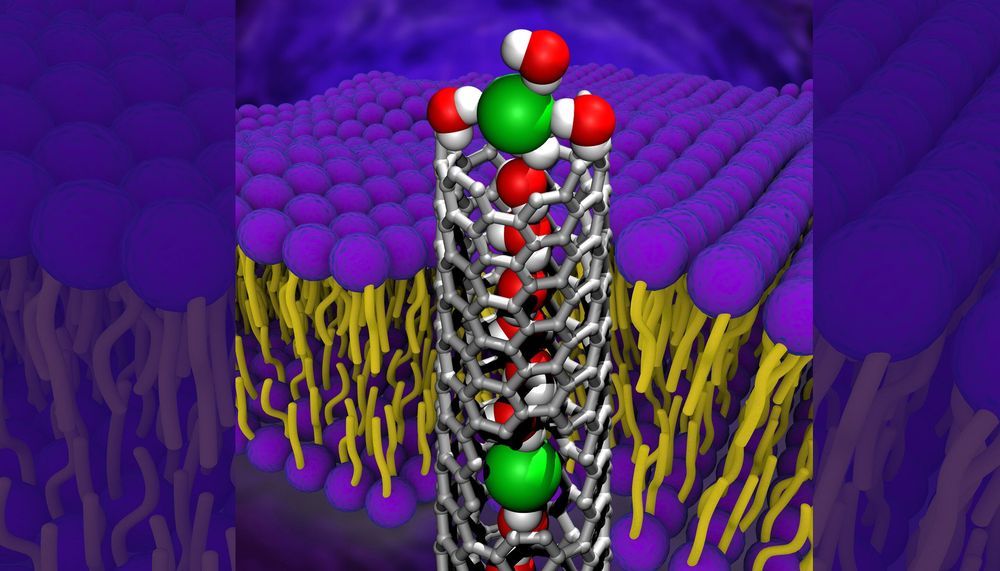Circa 2019 o.o
There are enormous methods such as physical, chemical, and biological, for the synthesis of metallic nanoparticles (MNPs), which has become a matter of focus among material scientists. Green chemistry-based MNP synthesis is an area, which has gained much importance presently due to their non-toxicity and monodispersed nanoparticle preparation methodologies. Among green synthesis methods, plants are considered as efficient candidates for nanoparticle synthesis. The meticulous formation of different sizes and shapes of the nanoparticles using plants has spurred encouraging interest. The rate kinetics and stability of nanoparticle synthesis are well studied as well as appreciated in the arena of materials. Their capability to sequester metal ions and fastidiously define the dimensions using a plethora of capping proteins such as glutathione and phytochelatins is intriguing giving it a monodispersed size. This review is a comprehensive understanding of the metal nanoparticles synthesized by plants and apprehends the mechanism of nanoparticle synthesis exhaustively.








